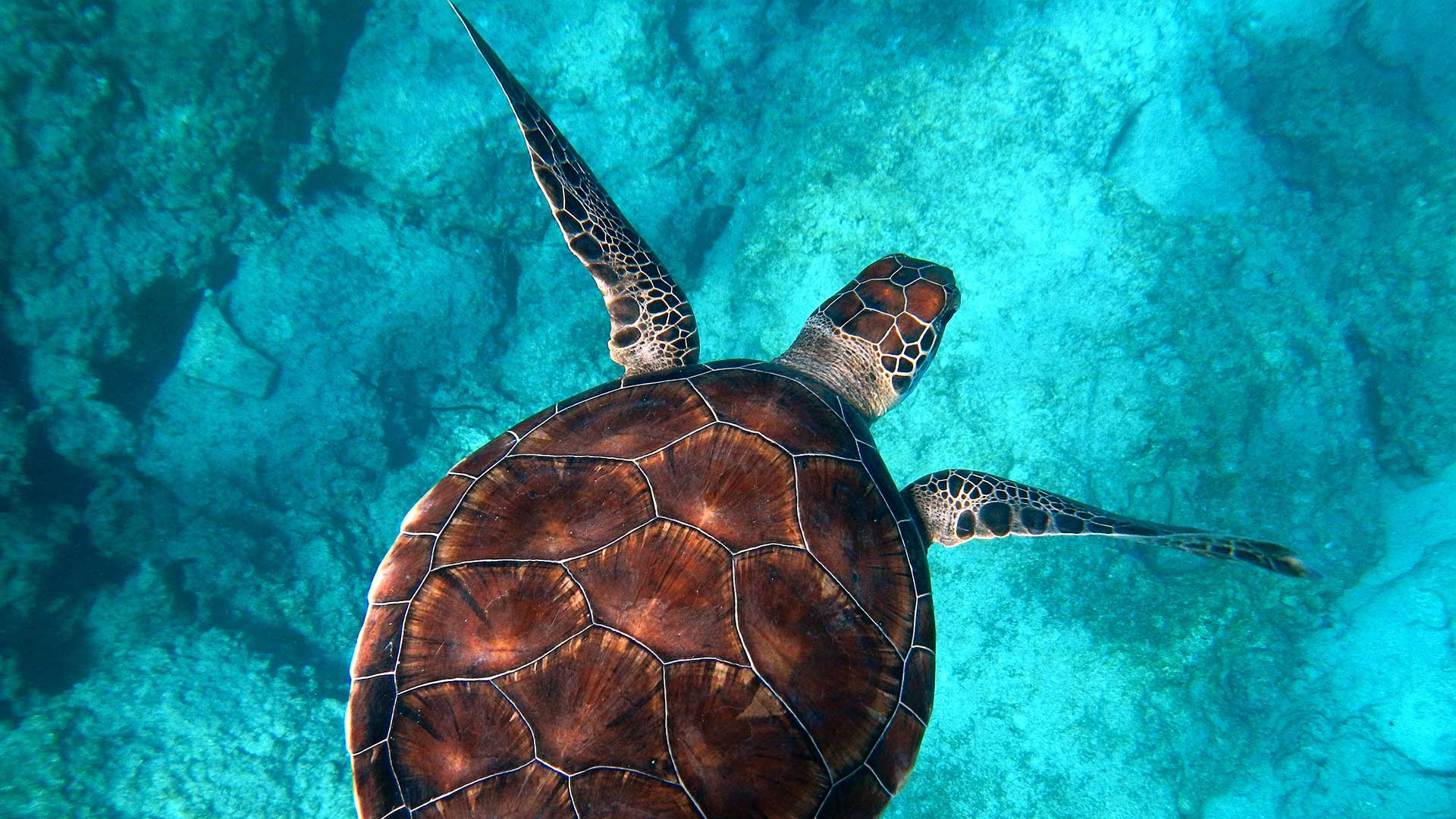5 Reasons to Protect Coral Reef Ecosystems
May 8, 2017
Coral reefs, also known as “the rainforests of the sea”, are well known for their beauty and vibrant colors, but apart from that, they are extremely important, both ecologically and economically. However, coral reefs are deteriorating and dying at an alarming rate due to human and natural pressures that range from overfishing and degradation to ocean acidification and climate change. Scientists have estimated that 75% of the world’s corals are at risk and at least 10% have already died.
So why are coral reefs so important?
BIODIVERSITY: Coral reefs are home to a quarter of all marine species on the planet.
FOOD SECURITY: Worldwide, coral reefs play a critical role in providing food for more than 500 million people living on or near the coast.
INCOME: Coral reefs provide a livelihood for millions of individuals in the tourism industry, including hotel workers, snorkel guides, dive guides and more.
PROTECTION: They serve as natural marine barriers that protect coastal communities from high impact waves during tropical storms, hurricanes and tsunamis.
MEDICINE: Important medicinal components have been found (and are still being found) in several marine species that inhabit coral reefs.
In 2012, a study was conducted comparing the monetary value of reefs with other marine ecosystems. Corals were ranked first with an estimated value of $ 500,000 per hectare in the United States. In Belize alone, it is estimated that tourism associated with coral reefs accounted for $150 to $196 million a year. A well-managed reef in the Indian and Pacific oceans can provide 3 to 5 tonnes of fish and shellfish per .38 square mile, per year. *
(below—mention exact names of national parks—and acreage..)
WILDCOAST is working in Cabo Pulmo National Marine Park (17,572 acres) and Bahías de Huatulco National Park (3,630 acres) both in Mexico and Guanahacabibes National Park (39,413 acres) in Cuba to conserve these important marine ecosystems. Our work in these areas includes providing training to park rangers to implement coral reef management and best practices; strategic conservation planning and educating the community about the importance and benefits of coral reefs; conducting public awareness campaigns that include school presentations and stewardship activities, installing mooring buoys, creation of interpretive signage and brochures.
We invite you to join our campaign and share this important information!

Softcoral and coral colony, Cabo Pulmo National Park, Sea of Cortez (Gulf of California), Mexico, November

Moorish Idol (Zanclus cornutus), Cabo Pulmo National Park, Sea of Cortez (Gulf of California), Mexico, November

Beaubrummel (Stegastes flavilatus) juvenile, San Agustin Bay, Huatulco Bays National Park, southern Mexico, November

Yellowtail Surgeonfish (Prionurus punctatus) grazing on the reef, San Agustin Bay, Huatulco Bays National Park, southern Mexico, November

Cortez Rainbow Wrasse (Thalassoma lucasanum) juvenile and Panamic Fanged Blenny (Ophioblennius steindachneri), Cacaluta Bay, Huatulco Bays National Park, southern Mexico, August

Elkhorn Coral (Acropora palmata), French Grunt (Haemulon flavolineatum) and Schoolmaster (Lutjanus apodus), Jardines de la Reina National Park, Ciego de Avila, Cuba, Elkhorn Coral IUCN Critically Endangered, January




You must be logged in to post a comment.